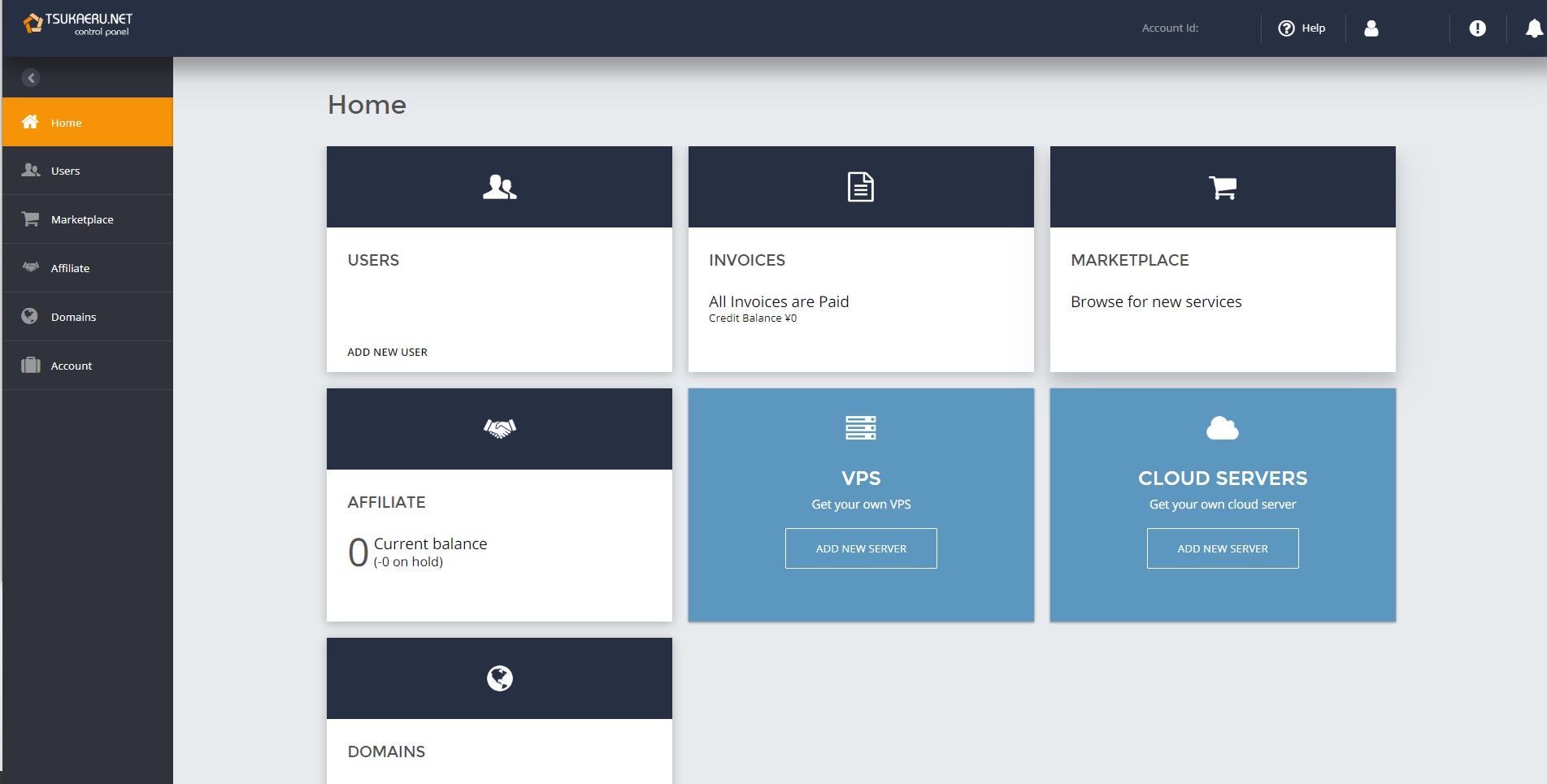Despite being so important, the user experience tends to get neglected, especially since its effects cannot be measured in numbers. To ensure you're creating the highest possible level of usability, let's examine the topic further:
Understanding Usability
What exactly is meant by ‘the user experience’ or ‘usability’? In a nutshell, it's the ease-of-use of an application or website. In other words, it's the degree to which a user can achieve the purpose of a product with efficiency and without stress. The success of a product or service is based on this essential aspect.
When usability is poor, users are not able to achieve their goals properly and efficiently – this leads to frustration. Users quickly get tired of low usability and this will result in them quitting the experience entirely. Don’t forget that the internet is full of alternatives to any product or service. At its worst, poor usability can lead to a disastrous loss of customers.
Factors that Affect Usability
There are many complex elements that affect the overall user experience, but the most important factors are:
Efficiency
Websites and applications need to achieve their goals without any errors arising. To achieve this, certain design specifications should be implemented with the user's point of view in mind. For example, consider a payment page where the field for entering a credit card number has no restrictions on the number or type of characters entered. This means it would be possible for a user to enter a name or address instead of a number. When the error page is received, the user's frustration will begin to build. Visitors have a low tolerance for trial-and-error.
To improve the usability of this particular experience, designers and developers should ensure there is a specification in place that only allows numbers in certain fields and with a character limit. This may seem like a minor feature, but it can greatly influence the overall experience your site creates.
Efficiency is not just about how possible it is for users to achieve their goals, but also, how fast. How many steps must users take before they get what they need? Are there difficult-to-understand buttons or fields which will slow them down? A good rule for improving usability is to consider what the most important goal is and reducing the number of steps or time it takes to achieve that goal.
Engagement
To increase a website or application’s level of engagement, there needs to be clarity. Make your message simple and get straight to the point. Copious amounts of copywriting, irrelevant information, or badly structured layouts will cause your visitors to disengage. Has the necessary navigation been implemented? Is the text clear? Are your visitors aware of what they need to click on? Is your layout cluttered and distracting? Or is it plain and unattractive?'
Having aesthetically pleasing designs can raise levels of engagement significantly, but it won’t do the trick on its own. Focus on easy-to-navigate layouts, intuitive positioning and design, and clear, inviting copywriting. This step to usability is important because, without it, you can lose visitors even if your product is excellent. To ensure that you are receiving a high amount of traffic, add clarity to all aspects of your service and product. Make the experience straightforward and clean, instead of stressful and confusing.
Accessibility
You may have a top-notch website with engaging content like https://facetimeforpc.site, but if users cannot access it when they need it, this defeats the entire purpose. The availability of an application or website is a core aspect of usability. This will create frustration for users and you’ll lose them in an instant.
To improve the accessibility of your service, consider investing in quality hosting, such as Tsukaeru’s web hosting. The amount of server uptime you receive will directly affect the usability of your website and the number of customers that reach you. For the best results, decrease or eliminate the possibility of errors arising. In addition to this, update links on your service regularly. Make sure there are no broken links that lead users to dead-ends. Not only is this frustrating for the user, but it gives the impression that your service is out-of-date.
Increased Usability with the New Tsukaeru Control Panel
At Tsukaeru, great care is taken to ensure we provide users with an easy, satisfying, and stress-free experience. For this reason, we’ve enhanced the usability and revamped the design of our control panel. On this new and improved page, Tsukaeru.net members can enjoy a more intuitive UI design that allows one to easily keep track of their services, payment status, or add new services, such as the Tsukaeru Cloud Backup.

These changes will be visible to everyone with a new Tsukaeru account, but all users are welcome to receive this update if they so choose. Please feel free to contact us if you have an existing account that you’d like to update.
Contact Us















